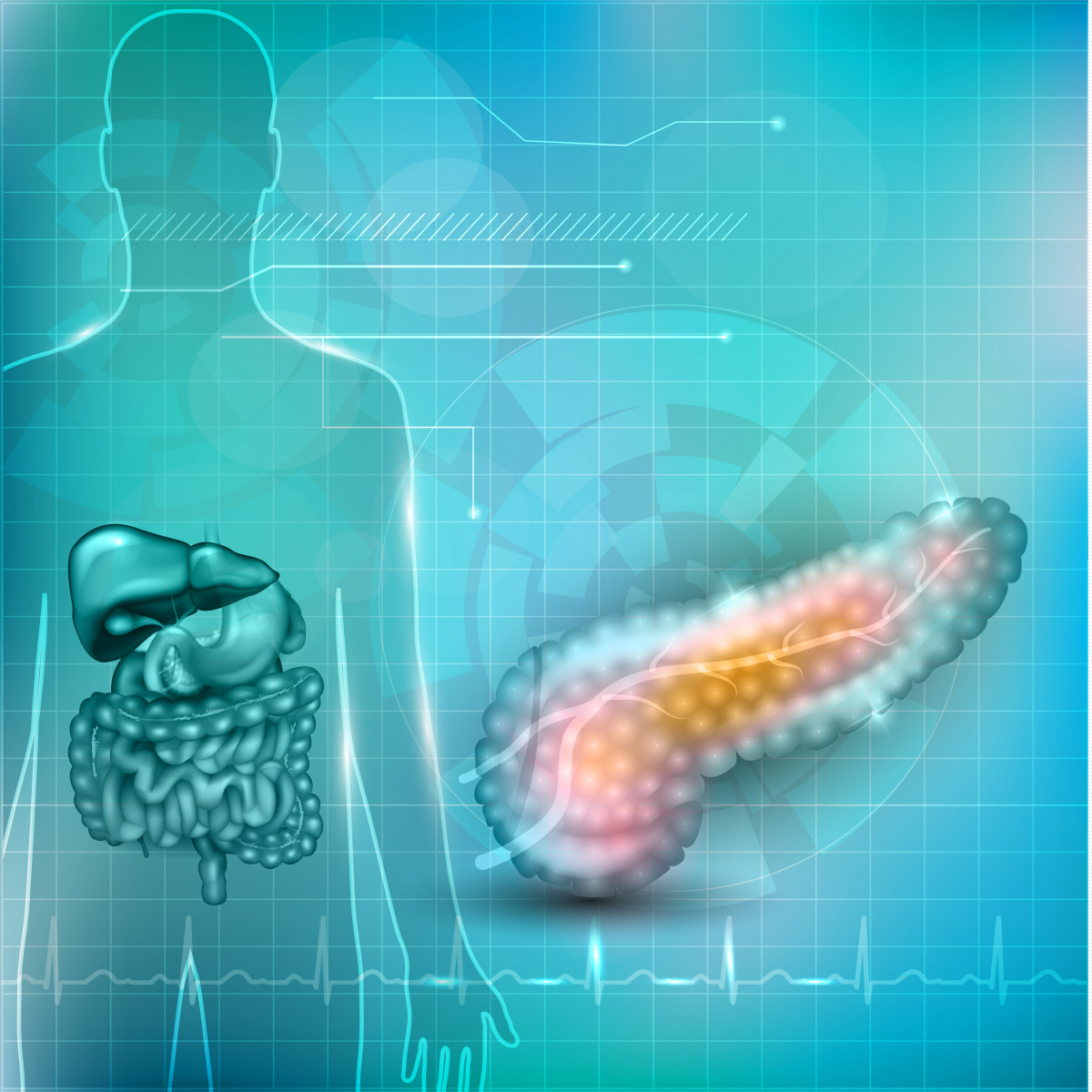New Research on Pancreatic Ducts’ Formation Offers New Insights for CF
Written by |

Using a computer modeling method, a research team at the University of Copenhagen, Denmark, demonstrated some of the early developmental mechanisms involved in the formation of the pancreas’ network of ducts.
The findings of the study, conducted in mice, offer new knowledge of how the pancreas works, and could help researchers gain a better understanding of what is changed in some disorders, such as cystic fibrosis (CF).
The study, “Deconstructing the principles of ductal network formation in the pancreas,” was published in the journal PLOS Biology.
CF is caused by mutations in the CFTR gene, which lead to impaired or total loss of CFTR protein activity. The disease is mostly recognized for its respiratory symptoms, but it can affect other organs.
CFTR protein is also present in the pancreas, where it has an important role in the regulation of the pancreatic secretory glands and pancreatic ducts.
About 85% of all CF patients suffer from pancreatic insufficiency with reduced release of critical digestive enzymes to the intestines. This has a direct impact on fat absorption and protein uptake during the digestive process. Left untreated, this can cause malnutrition and developmental problems, and progressive damage to the pancreas. As a consequence, many CF patients are reliant on pancreatic enzyme replacement therapy.
Pancreatic enzymes are released through a network of ducts that drive the enzyme-rich juices from the core of the pancreas into the duodenum (the first segment of the small intestine).
Using computer-based methods originally developed to analyze road, rail, web, and river networks, the research team evaluated the properties of the pancreas’ duct network in mice embryos at different developmental stages. They also used fluorescent antibodies to mark the ducts and visually monitor their structures through time.
The analysis revealed that although the shape of the pancreas was slightly different among the mice, they had similar duct structures at particular points of the development process.
During early stages, the ducts are formed by a mesh-like network of small tubes that will develop into a tree-like structure by the time of birth.
“At the early developmental stages, the network of ducts resembles a road network in a city, where it is easy to get from one place to another and you can take several roads to reach the same destination,” Anne Grapin-Botton, PhD, professor at the Novo Nordisk Foundation Center for Stem Cell Biology (DanStem) and co-author of the study, said in a news release. “Toward the end of the development, the structure of the network is far more economical and optimal with regard to delivering digestive enzymes to the intestines.”
The team also found that these structural changes in the network are mediated by the effects of enzymatic fluid release “test runs.” The flow of fluid through the immature network will promote the widening of some ducts, while those that are not so efficiently used will end up being eliminated, “akin to how river beds are formed.”
“The organ’s “test runs” make it possible to optimize the network of ducts to secure the most efficient delivery of enzymes to the intestines,” Grapin-Botton said.
The team hopes the findings will also shed light on diseases that affect the duct network, namely CF, in which the pancreas duct network doesn’t work properly, or diabetes.
“I hope this improved understanding of how the organs form these networks of ducts will enable us to discover how diseases affecting the pancreas emerge [e.g. cystic fibrosis]. Patients suffering from some types of diabetes also show cystic or enlarged ducts in the pancreas,” Grapin-Botton said.






